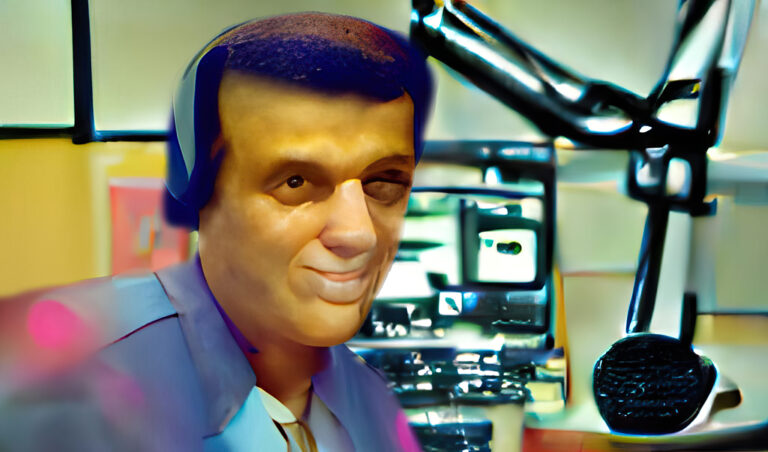Friends, in the nearly 100 episodes of The Saturday Frights podcast, the Projectionist and I have managed to discuss quite a few classic episodes of both The Twilight Zone as well as Night Gallery. From “The Obsolete Man“, “Cool Air“, “The Changing of The Guard“, to the extremely emotional “They’re Tearing Down Tim Riley’s Bar” and more. It is my honest belief that Rod Serling, the creator and host of both The Twilight Zone and Night Gallery, was one of the greatest writers in television history. Using the genres of science fiction, fantasy and horror, Serling and other writers were quite often able to tackle the social issues of the day… many of which are sadly just as relevant today. That is why the likes of the original Twilight Zone episodes in particular feel so timeless, they might very well be in black and white but they are still powerful thanks to the astounding writing from not just the likes of Serling (who would write or adapt 92 of the 156 episodes) but Charles Beaumont, Richard Matheson, George Clayton Johnson, Jerry Sohl, and Ray Bradbury among others. To say nothing of the legions of talented people in front of and behind the camera, say like Bill Mumy (Lost in Space, Babylon 5) – who starred in “Long Distance Phone Call”, “It’s A Good Life”, and “In Praise of Pip”. Be warned there is just a brief moment of SALTY language in the interview.
It was in 1969 on the night of November 8th that the film pilot for Night Gallery was aired on NBC, featuring three memorable segments that included the likes of Roddy McDowall, Ossie Davies, Joan Crawford, Tom Bosley, Richard Kiley, and Barry Atwater to point out just a few of the talented actors. The Night Gallery television series would debut a little over a year later on December 16th of 1970, with the first season actually running only six episodes – although each episode generally included two segments with a humorous or macabre short in the mix. I have read that following the first season, Serling found he didn’t have as much control of the series as he thought, although he did continue to submit teleplays and act as host for the show.
Rod Serling was not a fan of these shorts that were tacked on by Night Gallery producer Jack Laird (Ben Casey, The Dark Secret of Harvest Home), which would lead into a commercial break or even the end of the episode. Serling was quoted in Nicholas Parisi’s Rod Serling: His Life, Work, and Imagination:
“I thought they [the blackout sketches] distorted the thread of what we were trying to do on Night Gallery. I don’t think one can show Edgar Allan Poe and then come back with Flip Wilson for 34 seconds. I just don’t think they fit.”
It would seem to be the lack of creative or artistic control that understandably bothered Rod Serling the most, especially considering what he was afforded with The Twilight Zone. Having said that however it isn’t like he didn’t find himself having to defend that series from the suits at CBS in addition to the sponsors for the five seasons it aired. In fact creative control on Night Gallery is exactly what Serling brings up in this 1972 interview on The Dick Cavett Show – one that also happens to feature Arthur C. Clarke and Cassie Mackin as guests.
In closing out this article, you might be interested to know that this episode of The Dick Cavett Show originally aired on the evening of July 12th of 1972. Which means that the interview took place between the end of the second and beginning of the third and final season of Night Gallery.



+ There are no comments
Add yours